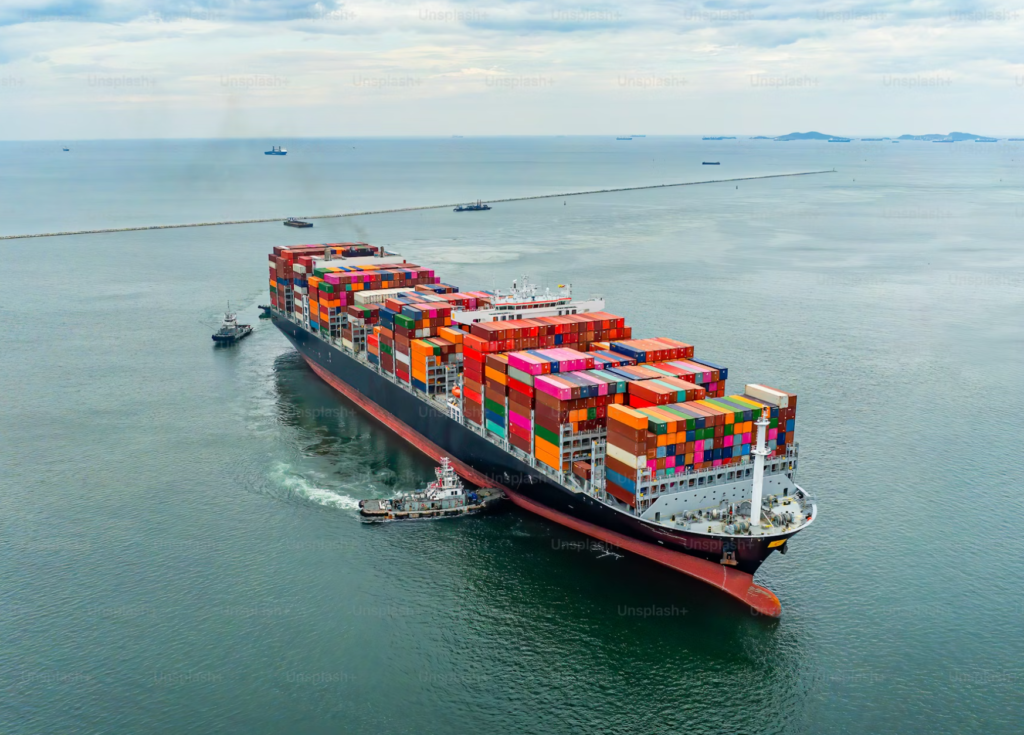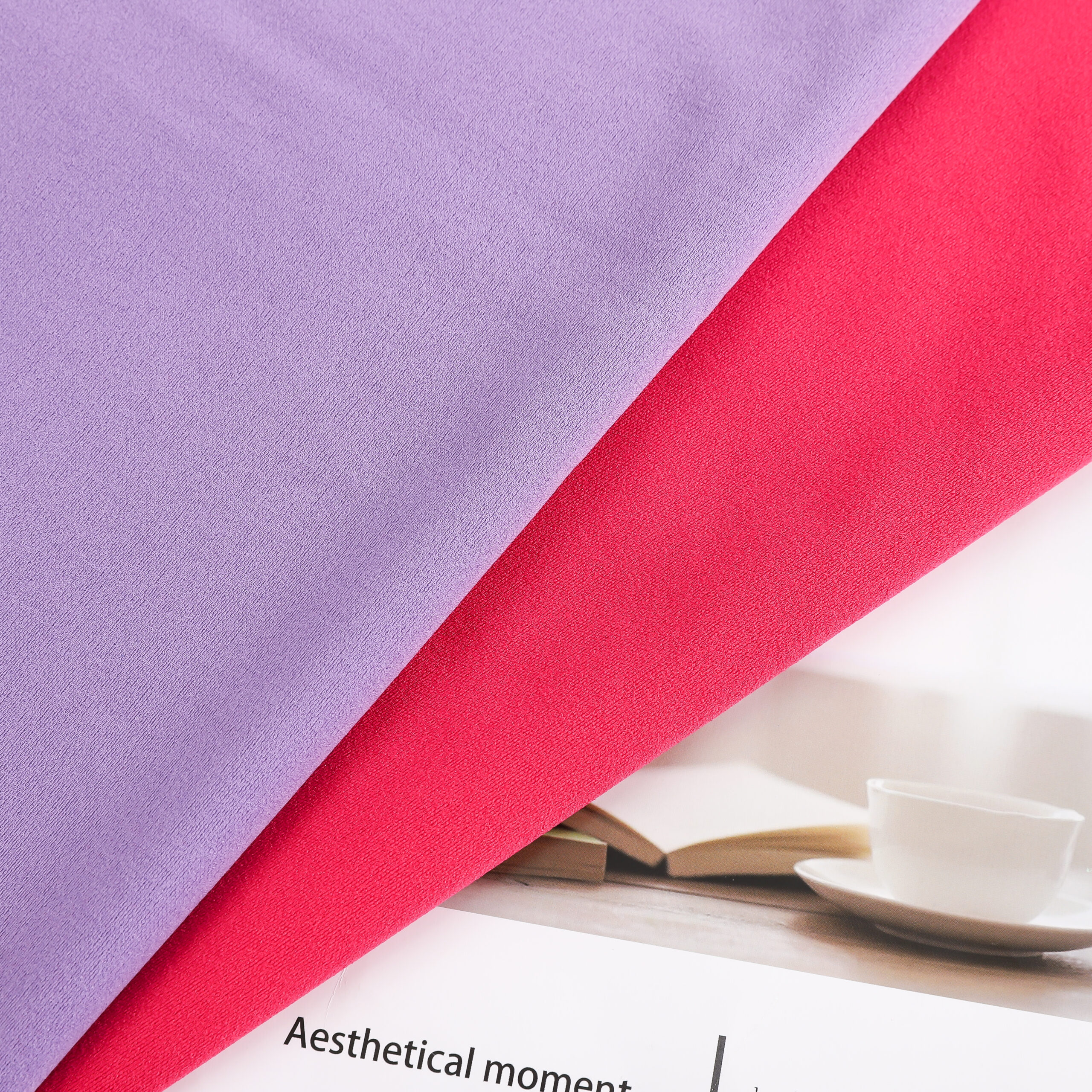
Knitted fabrics are prized for their elasticity and softness, but what makes them so adaptable and comfortable?
Elasticity and softness in knitted fabrics are achieved through the interlooping of yarns in warp and weft knitting techniques.
Curious to learn how these methods differ and their advantages? Let’s dive deeper.
How is warp knitted fabric different from weft knitted fabrics?
Warp and weft knitting are two distinct techniques that create fabrics with unique properties.
Warp knitting uses vertical loops for stability, while weft knitting relies on horizontal loops for elasticity.

Exploring Warp and Weft Knitting Techniques
Warp and weft knitting differ in their loop formation:
- Warp Knitting: Yarns run parallel to the fabric's length, creating a stable structure less prone to distortion.
- Weft Knitting: Yarns run horizontally across the fabric, resulting in a more flexible and stretchable texture.
| Feature | Warp Knitting | Weft Knitting |
|---|---|---|
| Loop Direction | Vertical | Horizontal |
| Stretchability | Lower | Higher |
| Common Applications | Sportswear, upholstery1 | T-shirts, casualwear2 |
Warp knitting is ideal for durable, flat textiles, while weft knitting is favored for comfort-focused garments.
Why is knitted fabric elastic?
Elasticity in knitted fabric stems from its loop-based structure.
The interlooping of yarns enables the fabric to stretch and recover, offering unmatched flexibility.

Understanding the Elastic Nature of Knitted Fabrics
The looping process creates natural "give" in the fabric:
- Loops behave like springs, expanding under tension and contracting when released.
- Adding elastic fibers like spandex enhances stretchability.
Benefits of Elasticity:
- Increased comfort for wearers.
- Adaptability for fitted garments.
- Ideal for dynamic movements in activewear.
Elasticity sets knitted fabrics apart from other materials, making them versatile and practical.
What is the advantage of knitted fabric over woven?
Knitted fabrics have significant advantages when compared to woven ones.
Knitted fabric excels in stretch, softness, and adaptability, outperforming woven textiles for comfort-focused designs.

Knit vs. Woven: Key Differences
| Feature | Knitted Fabric | Woven Fabric |
|---|---|---|
| Stretch | High | Limited |
| Softness | Superior | Moderate |
| Flexibility | Excellent | Restricted |
| Breathability | High | Variable |
Knitted fabrics are also easier to care for, resisting wrinkles and retaining shape better than their woven counterparts.
Does knit have elasticity?
Elasticity is a defining characteristic of knitted fabrics.
Knits inherently possess stretch due to their looped construction, accommodating various movements.

What Makes Knit Fabrics Stretchy?
- Construction: Loops create a flexible, stretchable grid.
- Fiber Choice: Incorporating elastic fibers enhances natural stretch.
- Knitting Method: Weft knits typically offer more elasticity than warp knits.
This elasticity allows knitted garments to fit closely without restricting movement, making them a staple in everyday wear.
What is the biggest advantage of a knit fabric?
Knitted fabrics offer a winning combination of comfort, flexibility, and ease of use.
The biggest advantage of knit fabric is its ability to stretch and adapt, making it incredibly versatile.

Why Knitted Fabrics Are Preferred
- Comfort: Soft and smooth against the skin.
- Versatility: Suitable for various designs, from casualwear to performance gear.
- Easy Maintenance: Resists wrinkling and often requires less ironing.
Knit fabrics provide unmatched freedom of movement, ensuring both style and comfort for a wide range of applications.
What are the advantages of warp knitted fabric?
Warp knitting offers unique benefits that cater to specific needs.
Warp knitted fabrics are valued for their stability, strength, and ability to maintain shape over time.

Key Advantages of Warp Knitted Fabrics
- Stability: Maintains structure under tension, making it ideal for technical uses.
- Durability: Resists wear and tear, ensuring longevity.
- Smooth Surface: Provides an aesthetically pleasing finish.
| Advantage | Description |
|---|---|
| Low Stretch | Offers excellent dimensional stability. |
| High Speed Production | Ideal for large-scale manufacturing. |
| Application Range | Commonly used in sportswear, lingerie, and industrial textiles. |
Warp knitting is often chosen for fabrics requiring high durability and low deformation, proving essential for demanding applications.
Conclusion
Knitted fabrics achieve elasticity and softness through the unique structures of warp and weft knitting. By understanding their differences and benefits, you can select the perfect fabric for any application, from comfort-focused garments to durable industrial uses.






